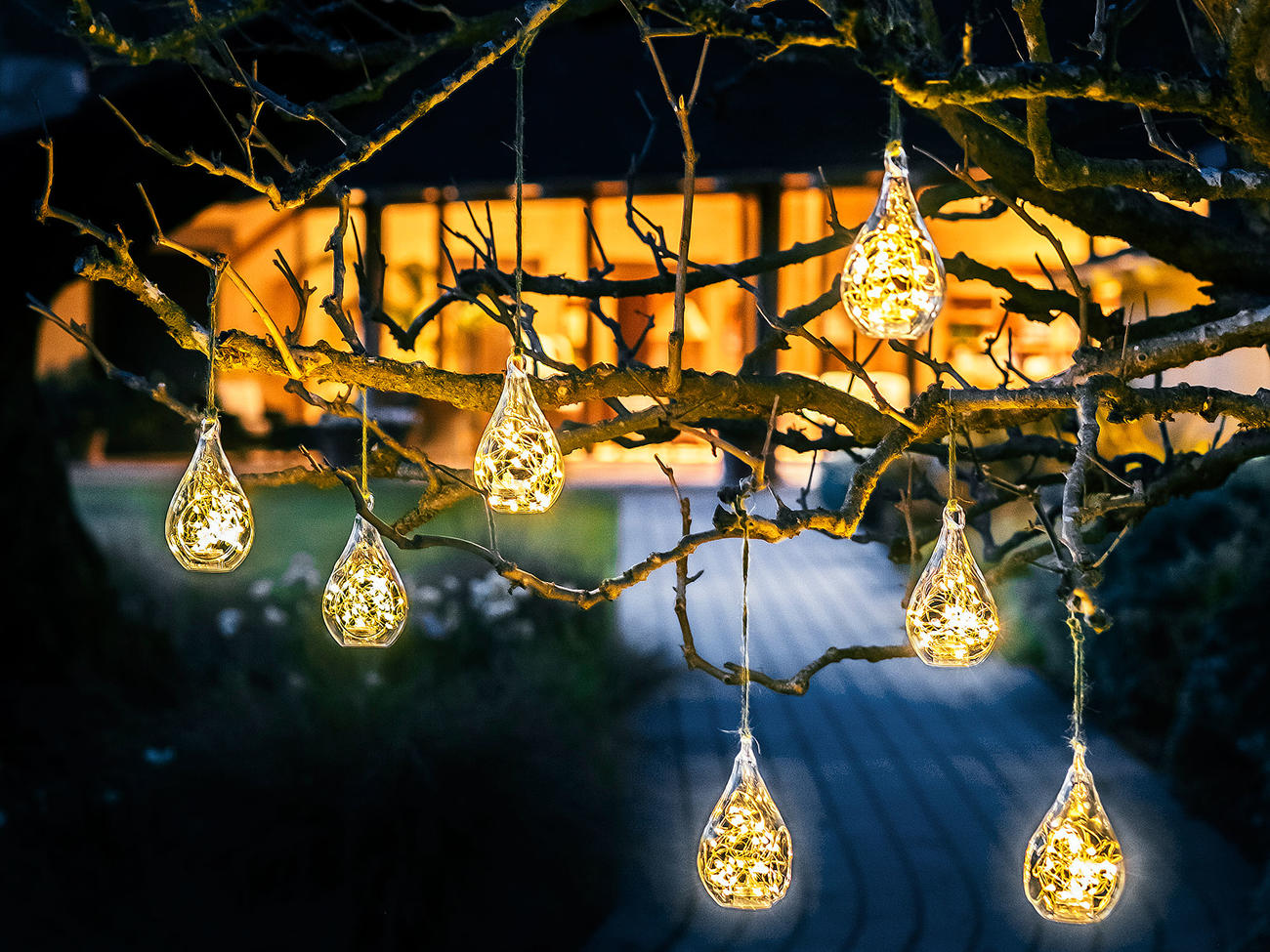
Lighting Basics
Lighting basics

Thomas J. Story
No two gardens are alike; asking an expert the right questions will help you light plants, hardscape, and other features effectively and efficiently.
• What are the key features to highlight? You or the lighting designer should make a scale drawing of your garden to show pathways, trees, beds, walls, stairways, and decks that could be lit. The lighting designer will use the drawing to figure the type and number of fixtures required. Larger trees might need two uplights to define the trunk and mantle of leaves. • What about transformers? They step down the voltage from 120 volts to 12 and are available in different capacities, based on the number and wattage of light fixtures in your setup. The designer will help you determine what you need, or you can total the number of watts required by all your fixtures and then allow at least 20 percent more capacity to add more lights in the future.• How do I estimate costs? The total cost of an outdoor lighting scheme will include the design; the price of transformer, cable, and the fixtures; and the installation cost.
• Where can I find outdoor lights? Home centers and lighting stores carry some outdoor lights. They will also carry different sizes of transformers, cables, ground fault circuit interrupters, and special wire nuts designed for waterproof connections.